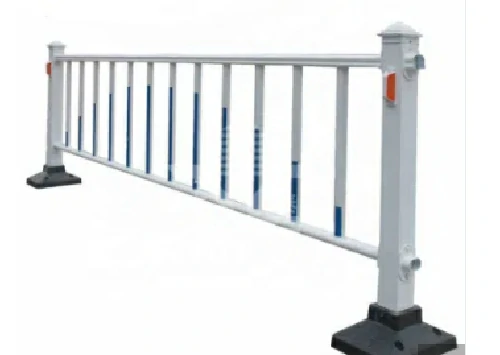Exploring the Benefits of Perforated Corrugated Aluminum Panels
Perforated corrugated aluminum panels have gained significant traction in various industries due to their unique combination of aesthetic appeal, functionality, and sustainability. These panels, known for their distinct corrugated shape and perforated patterns, are increasingly being adopted in architectural designs, industrial applications, and even interior decor. This article delves into the benefits and applications of perforated corrugated aluminum panels.
Aesthetic Versatility
One of the standout features of perforated corrugated aluminum panels is their versatility in design. They can be customized in a variety of shapes, sizes, and perforation patterns, allowing architects and designers to create visually striking facades or interior spaces. From modern commercial buildings to artistic installations, these panels can be tailored to meet specific aesthetic goals while providing a contemporary look. The ability to allow light to filter through the perforations adds an interesting dynamic to the overall architectural design, enhancing the building's façade with shadows and light play.
Functional Advantages
In addition to their aesthetic versatility, perforated aluminum panels offer numerous functional benefits. Their lightweight nature makes them easy to handle and install, reducing labor costs and time during construction. The corrugated shape enhances their strength and rigidity, making them durable and capable of withstanding various weather conditions. This durability is particularly valuable in regions prone to severe weather, ensuring long-lasting performance.
Furthermore, the perforations in these panels provide excellent ventilation, making them ideal for applications in areas such as parking structures, cooling towers, and industrial buildings. Improved airflow can help regulate temperature and reduce energy costs. Additionally, the panels can be designed to minimize acoustic impact, offering sound-dampening properties that improve comfort in populated areas.
perforated corrugated aluminum panels

Sustainability
Sustainability is a prominent factor in today's construction and design industries, and perforated corrugated aluminum panels align well with these principles. Aluminum is a highly recyclable material, and its use in construction contributes to reducing overall environmental impact. By opting for these panels, builders can contribute to LEED certification or other sustainability initiatives. Moreover, their ability to provide natural ventilation means reduced reliance on mechanical cooling systems, further lowering energy consumption and emissions.
Applications Across Industries
The applications of perforated corrugated aluminum panels are diverse. In architecture, they are commonly used in building facades, canopies, and sunscreens, enhancing energy efficiency while providing aesthetic value. In retail, these panels can serve as striking store displays or signage. Interior designers utilize them in feature walls and ceiling designs, capitalizing on their unique texture and patterns. Additionally, they find use in industrial sectors for partitioning spaces or creating enclosures that require both visibility and ventilation.
Conclusion
Perforated corrugated aluminum panels represent an exciting intersection of design, functionality, and sustainability. Their aesthetic versatility, functional benefits, and eco-friendliness make them an attractive option for various applications across industries. As the demand for innovative and sustainable building materials continues to grow, it is likely that perforated aluminum panels will play a crucial role in shaping the future of architecture and design. Whether in urban landscapes or industrial settings, these panels embody both creativity and practicality, ensuring their place in modern construction for years to come.
-
The Best Metal Mesh Solutions: Expanded Aluminum Metal vs. Expanded Stainless Steel Metal
NewsSep.10,2024
-
Round Perforated Sheets vs. Hexagonal Perforated Sheets vs. Embossed Perforated Sheet Metal
NewsSep.10,2024
-
Perforated Metal Sheets
NewsSep.10,2024
-
Experience The Excellence Of Stainless Steel Grating
NewsSep.10,2024
-
Discover the Versatility Of Metal Mesh Expanded Forming Machines
NewsSep.10,2024
-
Discover The Advantages Of Steel Grating For Sale
NewsSep.10,2024
Subscribe now!
Stay up to date with the latest on Fry Steeland industry news.

